- Home
- Nepal
- Day Tour
- Kathmandu
- HD KTM & Swayambhu
- HD Pashupatinath/Boudha
- HD Chandragiri Tour
- HD Patan Darbar Square
- HD Bhaktapur Durbar Square
- HD Dakshinkali/Pharping
- FD KTM/Swayambhu/Patan
- Full Day Kathmandu Tour
- FD Pashupati-Boudha-Bhaktapur
- FD Patan & Bhaktapur Tour
- Pokhara
- Nagarkot
- Dhulikhel
- Lumbini
- Manakamana
- Daman
- Kathmandu
- Multi Day Tours
- 2 Days Tours
- 2 Days Sukute Beach Tour Package
- 2 Days Dhulikhel Panauti Tour
- 2 Days Bhaktapur & Nagarkot Tour
- 2 Days Janakpur & Dhanusa
- 2 Days Chitlang & Kulekhani Tour Package
- 2 Days Daman Tour Package
- 2 Days Ilam Tour Package
- 2 Days Trishuli River Rafting Package
- 3 Days Tour
- 3 Days Kathmandu Valley Tour
- 3 Days Pokhara Overland
- 3 Days Pokhara Tour by Air
- 3 Days Ilam Tour Package
- 3D Bandipur & Pokhara Tour
- 3 Days Pokhara & Ghandrukh Tour
- 3 Days Rara Tour from Nepalgunj by Air
- 4 Days Tours
- 4 Days Kathmandu Valley Tour
- 4D Kathmandu & Nagarkot Tour
- 4D KTM Pokhara[Fly in/Drive Out]
- 4 Days Upper Mustang Tour From Pokhara
- 4D Bandipur Pokhara[Overland]
- 4 Days Pokhara & Ghandruk Tour
- 4 Days Rara Tour by Air
- 5 Days Tour
- 5D Kathmandu & Nagarkot Tour
- 5 Days Ktm & Pokhara Overland Tour
- 5 Days KTM & Pokhara [Drive in/Fly Out]
- 5 Days KTM Pokhara Nagarkot By Air
- 5 Days Upper Mustang Tour From Pokhara
- 5 Days KTM Pokhara & Nagarkot Overland
- 6 Days Tour
- 6 Days Kathmandu & Pokhara Overland
- 6 Days Kathmandu Pokhara Nagarkot Overland Tour
- 6 Days Ktm/Pokhara & Nagarkot Drive in-Fly Out
- 7-8 Days Tour
- 7 Days KTM/Pokhara/Nagarkot Overland
- 7 Days Ktm/Chitwan/Pokhara Overland
- 7 Days Upper Mustang Tour from Kathmandu
- 7 Days Rara Overland Tour
- 8 Days Kathmandu Chitwan Pokhara Overland
- KTM Chitwan Pokhara Nagarkot Overland
- 8 Days Kathmandu Lumbini Pokhara Nagarkot Tour By Air
- 9-10 Days Tour
- 9 Days Kathmandu Chitwan Pokhara and Bandipur Overland Tour
- 9 Days Kathmandu Lumbini Pokhara Nagarkot Overland Tour
- 9 Days Kathmandu Chitwan Pokhara Nagarkot Overland Tour
- 10 Days Kathmandu Chitwan Lumbini Pokhara Nagarkot Overland Tour
- 2 Days Tours
- Luxury Tours
- 3 Days Barahi Jungle Lodge
- 3 Days Megouli Serai-Taj
- 3 Days Tiger Tops Chitwan
- 4 Days Tiger Tops Bardia
- National Park Safari Tour
- Hiking
- Honeymoon Tours
- Religious Tour
- 2 Days Halesi Tour Package
- 2 Days Muktinath Overland Tour from Pokhara
- 2 Days Kalinchowk Tour From Kathmandu
- 3 Days Muktinath Overland Tour From Pokhara
- 4 Days Muktinath Overland Tour From Kathmandu
- 8 Days Hindu Pilgrimage Tour
- 8 Days Buddhist Pilgrimage
- Trekking in Nepal
- Trekking Around Kathmandu
- Everest Region
- Annapurna Region
- 2 Days Ghode Pani & Poonhill Trek
- 4 Days Mardi Himal Trek From Pokhara
- 6 Days Annapurna Base Camp Trek
- 8 Days Annapurna Circuit Trek From Kathmandu
- Langtang & Helambu
- Village Tours
- Rafting
- Bungee jumping
- Zip Flyer
- Paragliding
- Hot Air Balloon
- Dinner with Cultural Show
- Ultra Light Flight in Pokhara
- General Information
- Day Tour
- Bhutan
- 4 Days Visit Bhutan Tour
- 5 Days Visit Bhutan Tour
- 6 Days Glimpse of Bhutan
- 7 Days Bhutan Tour
- 8 Days Bhutan Tour
- India
- 3 Days Mumbai Tour
- 4 Days Goa Tour
- 5 Days Darjeeling & Sikkim Tours
- 6 Days–Golden Triangle
- 9 Days Buddhist Pilgrimage
- 10 Days Golden Triangle/Khajuraho/Varanasi
- 10 Days Chardham Yatra Tour
- China
- Tibet
- 4 Days Visit Lhasa Tour
- 5 Days Lhasa Ganden Tour
- 6 Days Lhasa Gyangtse Shigatse Tour Package
- 7 Days Kathmandu Lhasa Overland Tour
- 8 Days Tibet Tour
- 8 Days Tibet Overland Tour Drive In/Out
- 8 Days Lhasa -EBC-Kathmandu Overland Tour
- 8 Days Lhasa Shigatse EBC Gyantse
- 10 Days Kailash Tour By Heli
- 10 Days Kailash Mansarovar Overland Tour
- 11 Days Lhasa and Kailash Tour
- 3 Days Beijing Tour
- 3 Days Shanghai Tour
- 4 Days Classic Beijing Tour
- 8 Days Glimpse of China-Beijing/Xian/Shanghai
- Tibet
- Multi Country
- Other Countries
- Bangladesh 5 Days Tour
- Indonesia 5 Days Tour
- Malaysia 5 Days Tour
- 5 Days Thailand Tour
- Singapore 4 Days Tour
- Sri Lanka 4 Days Tour
- (UAE) Dubai 5 Days Tour
- Flight
- Domestic
- Mountain Flight From Kathmandu
- Flight to/From Pokhara
- Flight to/From Lukla
- Flight to/From Jomsom
- Flight to/From Simikot
- International
- Helicopter Flight
- Gosaikunda Heli Tour
- ABC Heli Tour
- Everest Heli Tour
- Halesi Mahadev Heli Tour
- Janakpur Heli Tour
- Langtang Heli Tour From Kathmandu
- Muktinath Heli Tour from Kathmandu
- Muktinath Heli Tour from Pokhara
- Everest View Heli Tour
- Rara Heli Tour from Kathmandu
- Domestic
- Car Rental
- Hotel
- About Us
Translate
PIGEON TRAVEL & TOURS PVT. LTD.
Latest News
- TIA to operate for 16 hours daily from 01 Feb 2025
- Kathmandu International Airport (KTM) closed for 10 hrs due to runway extension work
- India Offers Free 30-Day e-Tourist Visa for Thai Nationals
- 7 places in Nepal you should visit in 2024
- China to waive visa fees for Nepali nationals
- Electronic Travel Authorization(ETA) for Nepal Tourist Visa
- Chinese tourists can now use mobile pay in Nepal
- COVID-19 vaccination no longer mandatory for air travel to Nepal
- Pokhara International Airport in Nepal Inaugurated
- International passengers no longer required to submit Air Suvidha on arrival in India-from-22-nov-2022
- President Bhandari performs special puja at Muktinath
- Bhutan to reopen its border to tourists from 23rd September
- No PCR Test required for Nepal for Fully Vaccinated Tourist
- India is opening its International flights from 27th March 2022
- Germany Lifts Ban On Tourists From Nepal And Other Four Countries
- NRN with Family Are Allowed to arrive without Visa in Nepal
- International and domestic flights to resume starting August 17,2020 in Nepal
- Nepal gradually eases COVID-19 lockdown restrictions but Flights are still suspended till 5th Jul 2020.
- Lock down to continue, cabinet decides to extend term till May 18, 2020
- Extend the lock down until May 7,2020 in Nepal.
- Suspension of All Domestic & International Commercial Flight in Nepal till 30th Apr 2020
- Bhutan Tourism News Updates 08 Mar 2020
- Updates of Annapurna Base Camp Trek
- Turkish Airlines Signs Codeshare Agreement with Kuwait Airways
- Himalaya Airlines announces direct flights to Dhaka
- Kathmandu Airport Resume 21-hour operation from July 2019
- Kathmandu Airport Shutdown from 10 PM to 8 AM daily for 3 months from 1st Apr 2019.
- Kathmandu Airport KTM to remain shut for 10 hours daily from Monday 1st Apr 2019
- Karnali River: a boon not harnessed by Prof. Dr Prem Sharma
- Nepal Airlines to fly non-stop to Osaka from the end of March 2019
- Nepal, Cambodia sign maiden air service pact
- The first international Tripitaka recitation program has begun in Lumbini
- Bajhang Airport to be re-operated a decade after, following a successful test landing
- Tribhuvan International Airport declares NOTAM to secure VVIP flights movement
- 15% Discount to the Senior Citizen
- Nepal Tourism Board (NTB) promotes Nepal in India’s key cities
- Nepal Tourism entrepreneurs joins hands to attract foreign tourists in Annapurna
- Tourism fraternity baulk at target of two million annual tourists by 2020
- China-assisted International airport in Nepal to attract more tourists, business opportunities
- New Zealand to help Nepal re-measure Mt Everest
- Thai Lion Air begins Nepal flights
- Lonely Planet names Lumbini as Asia’s best destination for 2018
- Nepal airlines 2nd Airbus A300-200 arrives today
- Beijing 72-hour visa-free transit policy
- Brothers on world bicycle tour to protect environment, fight HIV/AIDS
- Nepal Airlines to fly to Dubai three times a week starting tomorrow
Reg. No. Dept. of Tourism,Nepal.Estd. 1999
-
Call us now +977 9851027024
-
Email us at pigeontravel@gmail.com

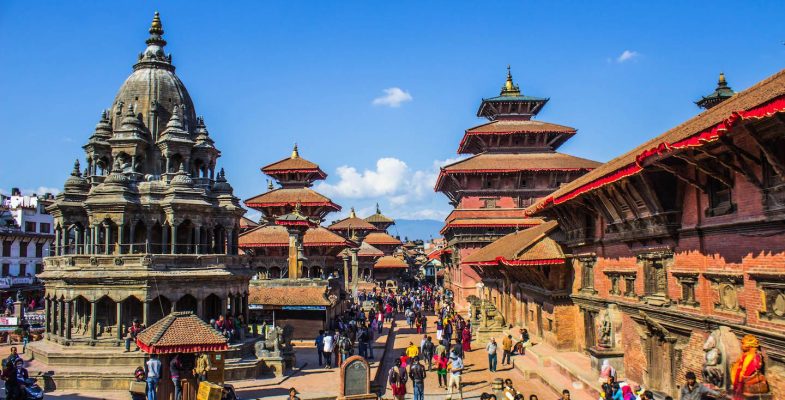
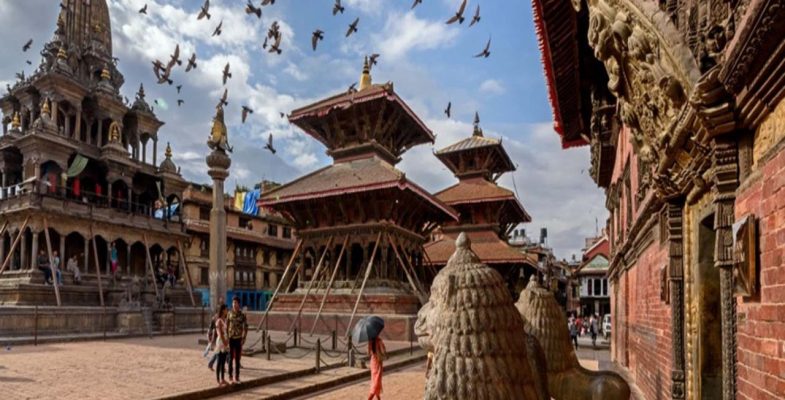
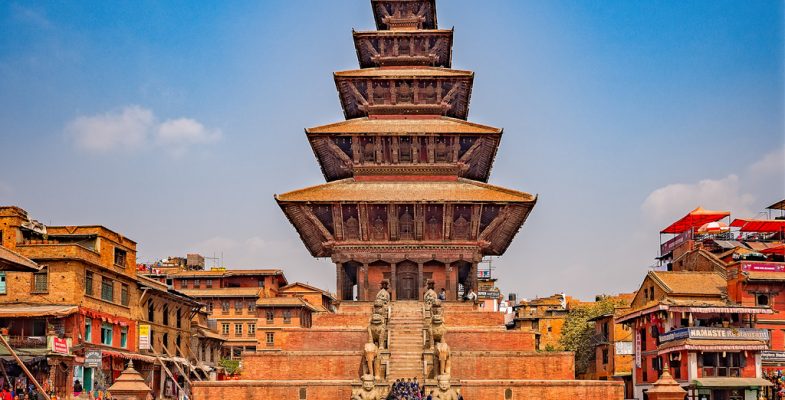
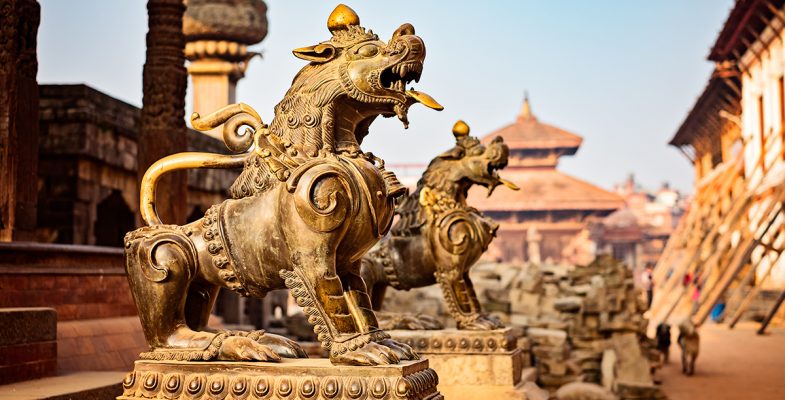


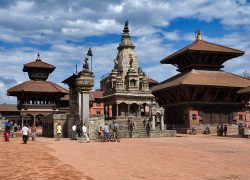
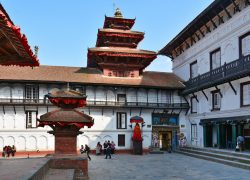
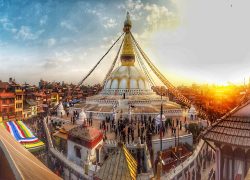
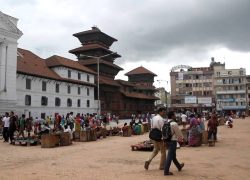
Leave a Reply